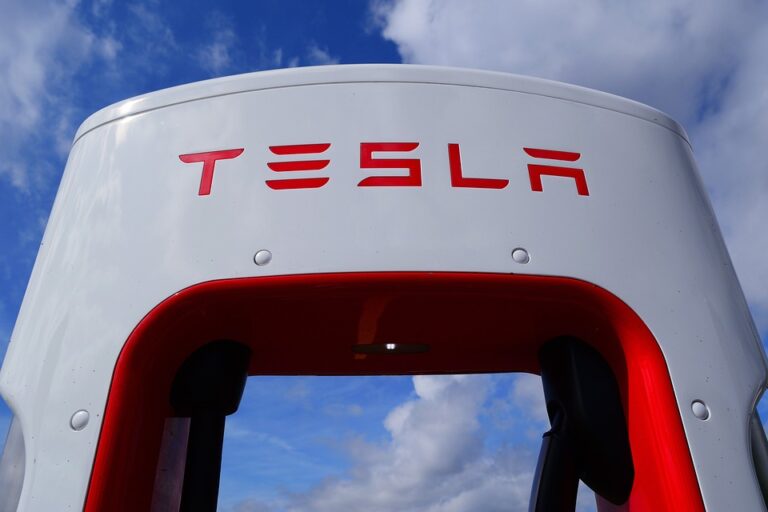How Innovative Charging Technology is Paving the Way for Electric Aviation
Meta Description: Discover how innovative EV charging technology is transforming electric aviation, reducing carbon footprints and reshaping the future of air travel.
As the world gravitates toward sustainability, innovative charging technology is leading the charge—quite literally—in the evolution of electric aviation. With the aviation industry being a significant contributor to global carbon emissions, the development of electric aircraft promises not only to reduce these emissions but also to pave the way for a more sustainable future. In this article, we will explore the cutting-edge EV charging technology that is set to revolutionize the skies, its benefits, and the challenges it faces on the path to mainstream adoption.
The Rise of Electric Aviation
Electric aviation is no longer a futuristic dream; it is a burgeoning reality. Major aircraft manufacturers and startups alike are investing heavily in developing fully electric and hybrid-electric aircraft. Notable models, like the Alice from Israeli startup Eviation and the Piper eFlyer, have already made headlines, showcasing the potential of electric-powered flight. With advancements in battery technology and efficient electric propulsion systems, the possibility of electric commercial flights is becoming increasingly viable.
The Importance of EV Charging Technology
At the heart of this transformation lies a critical factor: charging technology. Just as electric vehicles (EVs) rely on effective charging infrastructure to operate efficiently, electric aircraft require safe, fast, and easily accessible charging options. This necessitates innovative approaches to charging technology, akin to what’s seen in the automotive world but tailored for aviation needs.
Key Aspects of Charging Technology
-
Fast Charging Solutions: The success of electric aviation hinges on developing charging systems that minimize downtime. Innovative fast-charging solutions that can deliver substantial power in a short period will enable electric aircraft to operate on tight schedules, similar to conventional planes.
-
Wireless Charging: Emerging technologies like inductive or wireless charging present viable options for enhancing the charging process. This could eliminate the need for physical connections and streamline operations at airports.
-
Smart Grid Integration: Integrating electric aircraft with smart grid technology can optimize energy usage, managing the demand between charging stations and supplying cleaner energy.
- Battery Swapping: Another revolutionary concept is battery swapping technology. This involves exchanging depleted batteries for charged ones, significantly decreasing turnaround time and enhancing operational efficiency.
Real-World Applications and Examples
Several companies are already leading the way with innovative charging solutions for electric aviation:
-
MagniX: Known for its electric propulsion systems, MagniX has partnered with several aircraft manufacturers to develop propulsion technologies that can be charged quickly and efficiently, streamlining preparation for takeoff.
-
Ampaire: This company combines traditional aircraft with electric systems, and they are currently working on a hybrid-electric platform that will incorporate improved charging technology to enhance performance and reduce operational costs.
- Airbus: The European aerospace giant aims to develop urban air mobility vehicles powered by hydrogen fuel cells and electric batteries, relying on advanced charging solutions to enable quick and efficient operations.
The Challenges Ahead
While the promise of electric aviation is tantalizing, numerous challenges must be overcome.
-
Regulatory Hurdles: Aviation is already one of the most regulated industries in the world. The certification process for both aircraft and charging technology is arduous and slow, potentially hampering innovation.
-
Infrastructure Development: Airports will need substantial investments to install charging stations that can reliably serve a fleet of electric aircraft. Coordinating this development within existing airport operations and ensuring it meets operational needs can be complex.
-
Battery Technology Limitations: Current battery technologies still face limitations in energy density, which affects the range of electric aircraft. Advancements in solid-state batteries and alternative energy sources will be crucial for the industry.
- Public Perception and Acceptance: As with any new technology, public perception plays a vital role. Ensuring safety and demonstrating the reliability of electric flights will be critical in gaining public trust.
Conclusion: The Future of Electric Aviation
Innovative EV charging technology is not just a support system for electric aviation; it is a cornerstone that will shape its future. As companies and researchers push boundaries, the convergence of various technologies—from fast charging systems to smart grid integration—will allow us to sidestep traditional aviation’s carbon-heavy practices.
With the aviation industry perched at the brink of a green revolution, staying informed about these advancements will be vital for industry insiders and eco-conscious travelers alike. This transformation beckons an era where flying is cleaner, quieter, and more efficient.
Call to Action: Stay tuned to our updates at Buzzo.live as we continue to explore the latest advancements in electric aviation and how they affect the future of travel!
Additional Resources
By understanding and embracing the current trends and challenges in charging technology, we can all play a part in ushering electric aviation into a sustainable future.


